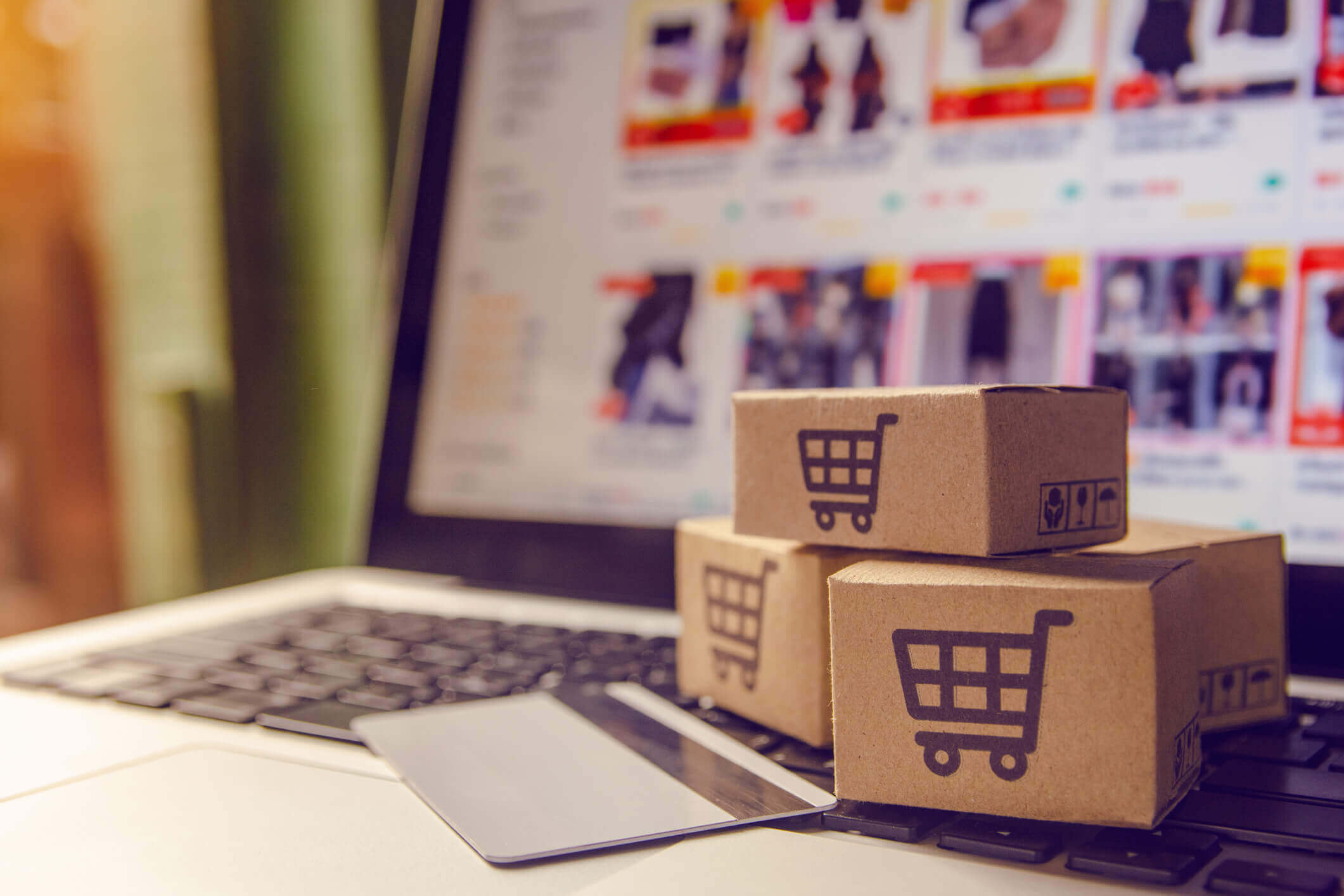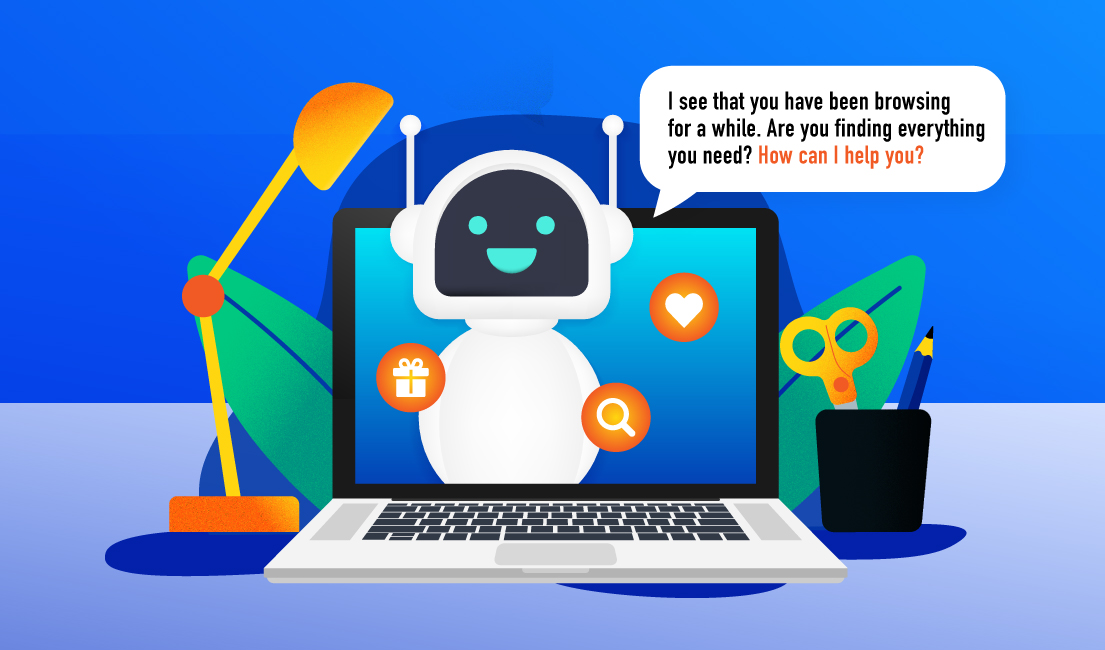5 min read
You have made a sale, with your marketing efforts succeeding in converting a casual browser into a paying customer. Congratulations! Now it is time to relax and enjoy the fruits of your labor, right? Not quite.
Customer engagement should not stop after the checkout. Instead, focus on how to retain your existing customers and increase their loyalty to your brand. These are both vital for your company’s survival as 40 percent of the average e-commerce store’s revenues come from repeat business .
Here are five ways to get your post-purchase engagement right.
1. Shipping and Delivery
E-commerce can sometimes seem a little impersonal. There are no shop assistants to ask (a bot isn’t quite the same), no store to walk around, no products to see and feel in person until the order is delivered. So, the shipping and delivery is your chance to make a personal connection with your customers.
Of course it should be as quick and efficient as possible, and you should keep your customers up to date on when their package(s) will arrive. Moreover, you can add a little extra touch to make them feel that you value their custom. Fashion retailer Boden sometimes adds extras like free pairs of socks to orders, while gadget site Firebox throws in a small packet of sweets. These low-value items add a personal touch, and are likely to get customers talking about their positive shopping experience. If you want to dig deeper, leverage machine learning (ML) and third-party data to discover what customers are looking for on external websites, and then include a relevant giveaway in their orders to delight them even more!
2. Targeted Content Marketing
For customers, the purchase is only the start of their product journey. As a brand, you can help them get the most out of their new product with useful information or tips on their purchases.
For example, a website selling sports products could send weight training workout videos to Sam who bought dumbbells, or advice on sprays and other tips that can help extend the life of his new running shoes.
This type of content can take many forms – from blog articles, videos, podcasts and infographics – and can be delivered through multiple channels like email, in-app messages, push notification, and so on. You can use machine learning to analyze customers’ behavior and interests to find the best fit in terms of medium and message.
3. Personalized Product Recommendations
Imagine Sam has just bought a new set of kitchen knives. Wouldn’t it be useful if you then suggested a knife sharpener so he can keep those blades as good as new?
As an e-commerce vendor, not only you can recommend related products to what Sam just bought, you can also send a timely reminder for repeat purchases he makes (such as replacement heads for an electric toothbrush).
Again, you can go even further, use ML and third-party data from the wider web to find out what other subjects customers might be interested in. This will help you suggest highly personalized content and products.
For example, if Sam bought a slow cooker from you, you might see from his wider web activities that he has been researching exclusively vegetarian recipes. Suggesting a vegetarian cookbook as an add-on item would be more likely to win his affections as a customer – and avoid causing possible offence – than would suggesting a meat-based alternative.
You can also use artificial intelligence to analyze his cross-screen behavior to identify the best device and timings to reach out with these recommendations, whether it is when he lands on your site next time, or through an app push during his morning commute.
4. Reward Programs
What better way to instill customer loyalty than through a loyalty program? Whether it is money off their next purchase, discounts or invites to exclusive events for following your social media channels or sign-ups to your email newsletter, reward programs give customers more of a reason and justification for re-automating engagement.
You need to think carefully about what rewards you offer, and how you offer them. Instead of sending out generic discount coupons, you should create personalized offers based on customers’ information and their purchasing behavior. Make it more personal, and it will be much more compelling for your customers.
5. Social Media Content
Engaging with your customers through social media is a cost-effective way to gain your brand exposure. As well as driving conversions, you can leverage it as a great post-purchase engagement tool.
Why not encourage customers to post unboxing videos of the new sneakers they have bought from you? Or share recipes using your cooking equipment? Maybe you are a fashion retailer, and want customers to post photos of them wearing their new outfits?
Offer an incentive – a coupon, say, or even just some social media love from the brand – and you will soon be inundated by replies.
Of course, it should not be up to your customers to create all the content. Keep your feeds updated with the latest trends or useful information. In addition, once you have gained an intimate understanding of your customers’ interests, likes and habits, you can create post-purchase social media content that appeals directly to them.
Post-purchase customer engagement is paramount. E-commerce brands should take this as a highly effective marketing opportunity to keep those paying customers for the long run. After all, retaining a customer is way cheaper than acquiring a new one.
* Want to know more about how you can drive customer engagement to increase customer lifetime value? Download our latest white paper “ Stay Ahead of Evolving Asian Consumers: Secure Customer Engagement in E-Commerce With AI ” for more in-depth insights.



